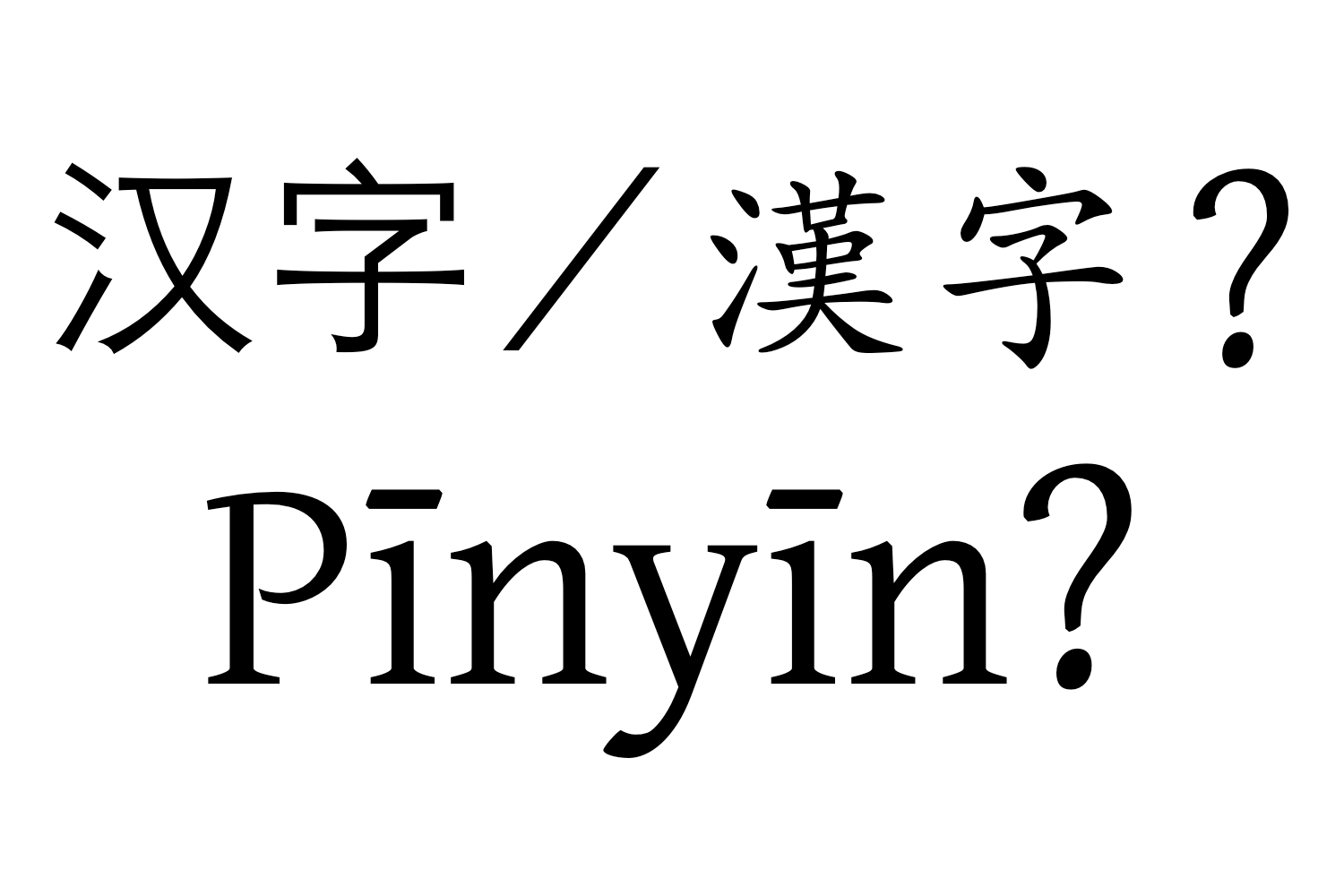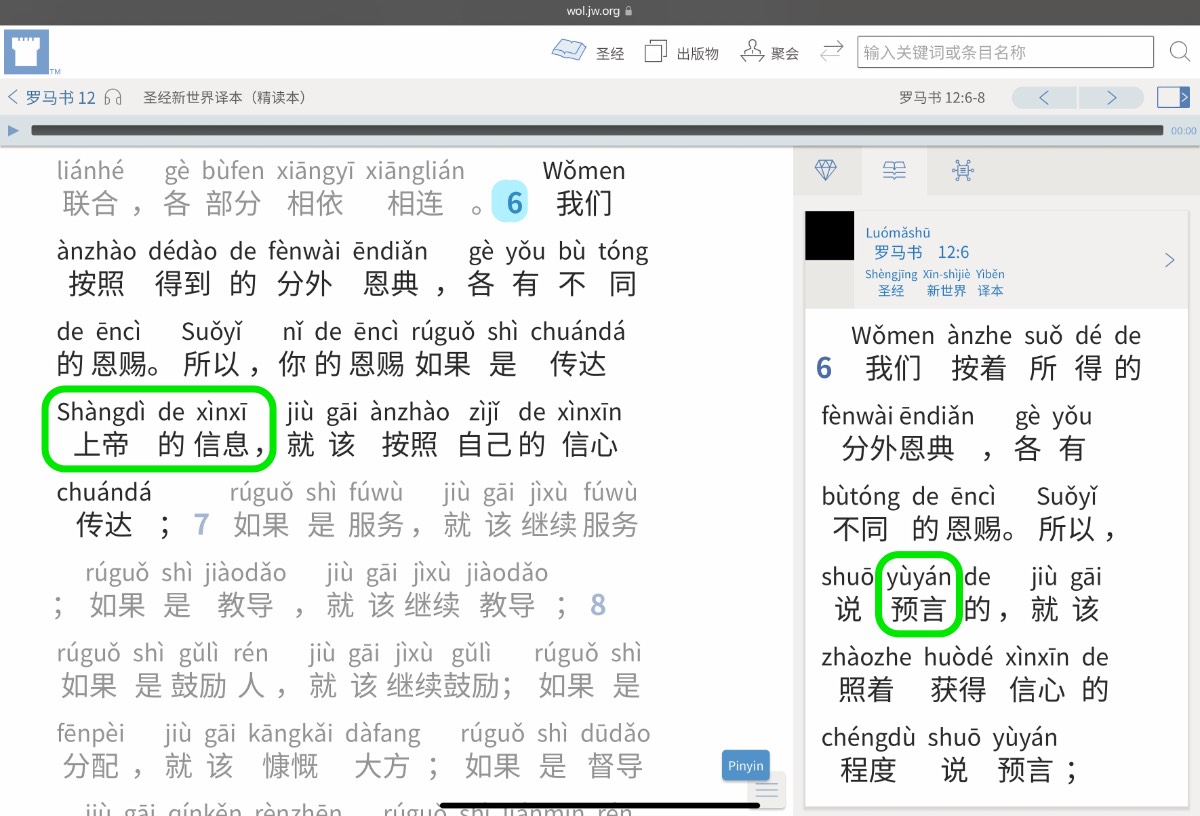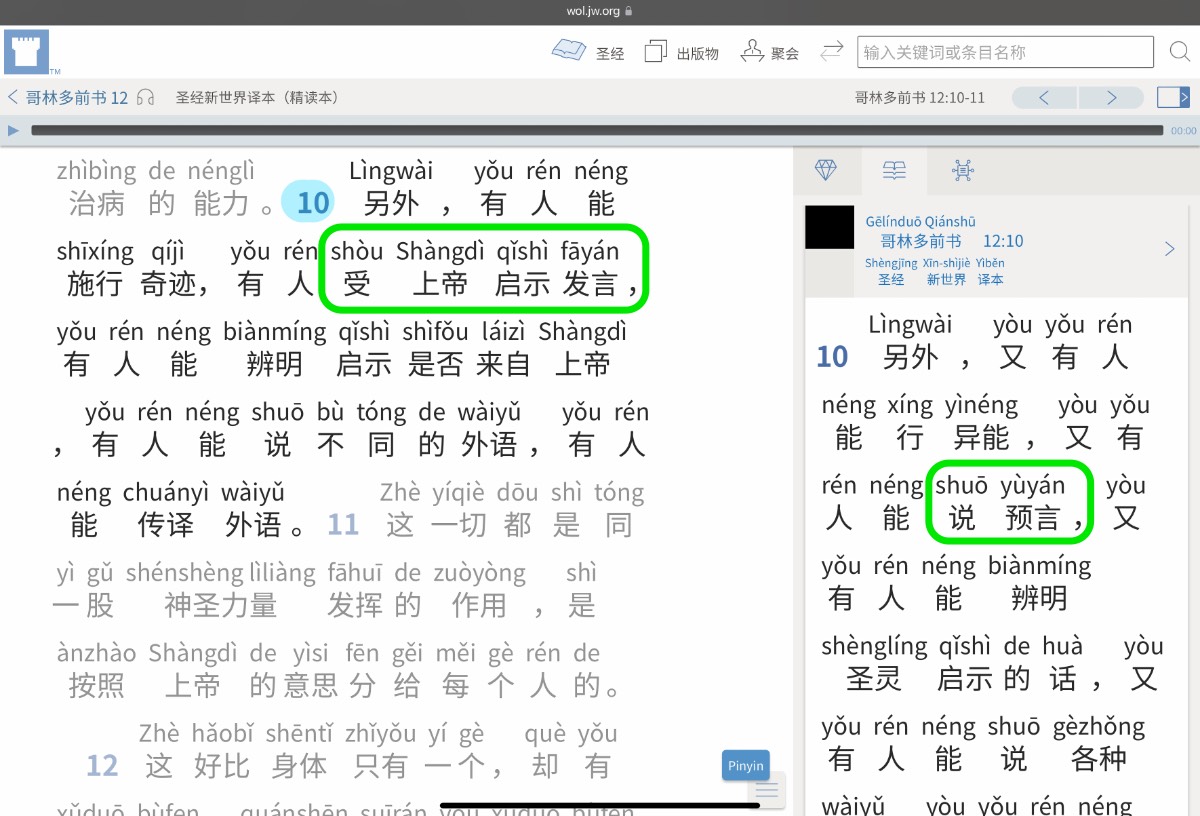Liánhé Guó ((Lián·hé United · {Closed → [Joined]} 联合 聯合) (Guó Nations 国 國) → [United Nations]) ← Tap/click to show/hide the “flashcard”
On February 24, 2022, Russia sent significant military forces into Ukraine, resulting in the largest scale open warfare in Europe since World War II. The jw.org article “Russia Invades Ukraine”, which discusses this subject, includes a quote from the secretary-general of the United Nations, and we may on occasion want to talk about the United Nations in the Mandarin field. So, this week’s MEotW is “Liánhé Guó ((Lián·hé United · {Closed → [Joined]} 联合 聯合) (Guó Nations 国 國) → [United Nations])”, the Mandarin expression corresponding to “United Nations”.
It can be noted from the Pīnyīn (Pīn·yīn {Piecing Together} · Sounds → [Pinyin] 拼音) Plus information for “Liánhé Guó ((Lián·hé United · {Closed → [Joined]} 联合 聯合) (Guó Nations 国 國) → [United Nations])” (tap/click on a Pīnyīn (Pīn·yīn {Piecing Together} · Sounds → [Pinyin] 拼音) expression in this blog to show/hide its Pīnyīn (Pīn·yīn {Piecing Together} · Sounds → [Pinyin] 拼音) Plus information) that the morpheme “hé ({close; shut [with]} [→ [join; combine [with] | accord [with]; conform [to]; suit; agree [with] | be fitting | be equal [to] | be proper; be appropriate | be matching [with]]] 合)” that’s in it in this case literally means “closed”, and effectively means “joined”—when two or more things are closed together, they are joined together, and thus united.
Avoiding Mental Indigestion
Another thing that may be noted about the rendering “Liánhé Guó ((Lián·hé United · {Closed → [Joined]} 联合 聯合) (Guó Nations 国 國) → [United Nations])” is that it has a space between “Liánhé (Lián·hé United · {Closed → [Joined]} 联合 聯合)” and “Guó (Nations 国 國)”, whereas this expression is often rendered as the single word “Liánhéguó (Lián·hé·guó United · {Closed → [Joined]} · Nations → [United Nations] 联合国 聯合國)”. In this blog and in other resources that contain Pīnyīn (Pīn·yīn {Piecing Together} · Sounds → [Pinyin] 拼音) Plus material, such added spaces are included in certain expressions so that they are easier to parse (mentally digest and separate into meaningful parts) and read.
Regarding differing Pīnyīn (Pīn·yīn {Piecing Together} · Sounds → [Pinyin] 拼音) renderings, the MEotW post for “diǎnliàng (diǎn·liàng {dot → [light (v); ignite]} · {to be bright} [→ [illuminate; shine light on]] 点亮 點亮)” said:
Regarding standards and conventions, even officially recommended ones, for things like language and writing, views and practices vary in different places, and at different times.
When it comes to Pīnyīn (Pīn·yīn {Piecing Together} · Sounds → [Pinyin] 拼音), another factor to keep in mind is that due primarily to cultural prejudice, Pīnyīn (Pīn·yīn {Piecing Together} · Sounds → [Pinyin] 拼音) has simply not been used much overall, relatively speaking, especially as a full writing system on its own. So, it has not really gone through much of the process of receiving the widely agreed upon tweaks and refinements that a system typically receives as it gets tried out and put to extensive use by many people.
As a relatively “young” alphabetical writing system, Pīnyīn (Pīn·yīn {Piecing Together} · Sounds → [Pinyin] 拼音) can often benefit from following the example of a more “experienced” alphabetical writing system like the English writing system. It seems reasonable to conclude that this is the case with “Liánhé Guó ((Lián·hé United · {Closed → [Joined]} 联合 聯合) (Guó Nations 国 國) → [United Nations])” following the word separation example of “United Nations”. In contrast, “Liánhéguó (Lián·hé·guó United · {Closed → [Joined]} · Nations → [United Nations] 联合国 聯合國)” is kind of like “Unitednations”—significantly harder to decipher and read.
The above-mentioned MEotW post concludes:
In the end, what matters most re how anything is written is not just what is officially recommended or what happens to be popular among changing, imperfect humans. Rather, what matters most is what really works best to accomplish the goal of writing: To communicate to readers. This is especially true when God-honouring and life-saving Bible truths need to be communicated. So, this blog and the other Pīnyīn (Pīn·yīn {Piecing Together} · Sounds → [Pinyin] 拼音) Plus resources will continue to seek to render Pīnyīn (Pīn·yīn {Piecing Together} · Sounds → [Pinyin] 拼音) in ways that maximize how clearly, easily, effectively, and appropriately it communicates with readers.
Related Mandarin Expressions
Here are some related Mandarin expressions that may also be useful to know regarding this situation with Ukraine:
- Běi Dàxī Yáng Gōngyuē Zǔzhī
((Běi
North
北)
(Dà·xī
{Big → [Great]} · Western → [Atlantic]
大西)
(Yáng
Ocean
洋)
(Gōng·yuē
International · Treaty → [Treaty]
公约
公約)
(Zǔ·zhī
Organized · Woven (System) → [Organization]
组织
組織)
→ [North Atlantic Treaty Organization (NATO)])
- Běiyuē (Běi·yuē North · Treaty → [NATO (abbr. for Běi Dàxī Yáng Gōngyuē Zǔzhī)] 北约 北約)
- Ōuzhōu Liánméng
((Ōu·zhōu
{European (abbr. for Ōuluóbā)} · Continent → [European (abbr. for Ōuluóbā Zhōu)]
欧洲
歐洲)
(Lián·méng
United · Union → [Union]
联盟
聯盟)
→ [European Union (EU)])
- Ōuméng (Ōu·méng {European (abbr. for Ōuluóbā Zhōu, Ōuzhōu)} · {Union (abbr. for Liánméng)} → [EU (abbr. for Ōuzhōu Liánméng)] 欧盟 歐盟)


